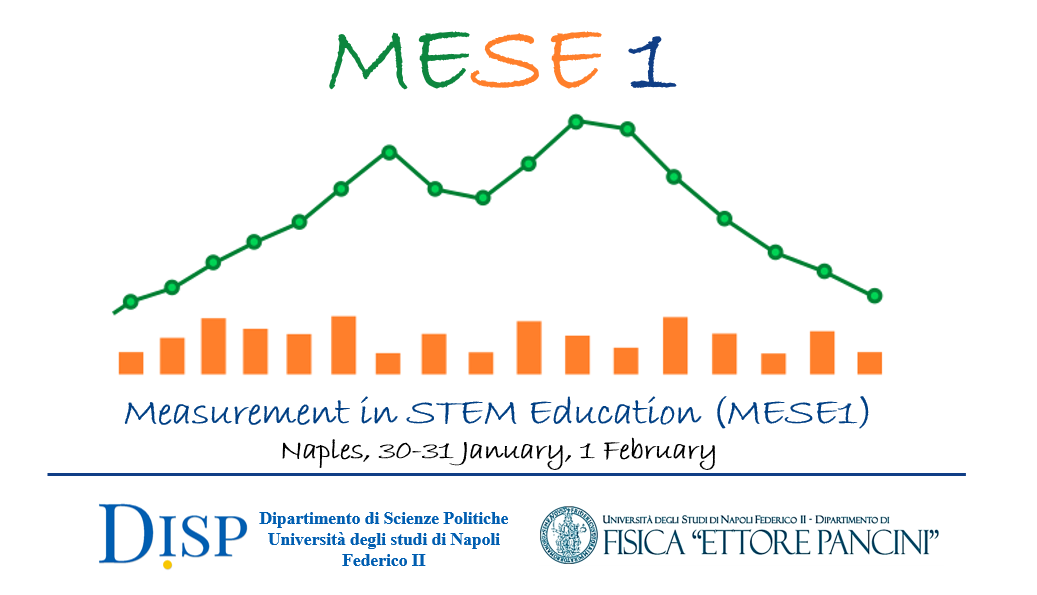Speaker
Description
In recent years, exploring the determinants that may influence students’ achievement has received much attention. Empirical studies have found that the most important factors which affect student performance are students’ characteristics, family background, school attended, and regional residence.
This paper aims at investigating the differences in students' performances among Science, Technology, Engineering and Mathematics (STEM) courses by using regression models. To measure performance (university success), we focus on the number of ECTS credits earned during the first year, since it represents an important moment in the students’ path at university.
The analysis concerns students enrolled at 3-year STEM degrees in an Italian university located in the South of Italy during the last 5 years, with a focus on the number of university credits earned during the first year (a good predictor of the regularity of the career). In particular, the main purpose is to estimate the probability of getting at least a certain number of credits at the end the first year and identify the factors which might affect it. As threshold, we opt for choosing that fixed by the Italian National Agency for the Evaluation of Universities and Research Institutes (ANVUR) in the Annual Review Report ("Scheda di monitoraggio annuale") for evaluating the university courses.
The data are collected from the Student Information System (ESSE3), a student management system used by most Italian universities, which manages the entire career of students from the enrollment to graduation. It contains information about students’ high school diplomas, personal characteristics, exams, abroad experience, internship, and degrees. Using students’ identification numbers, we merged the dataset which contains students’ demographic information and the dataset which reports all exams taken by students. Since the aim is to estimate the probability of earning a given number of credits, the dependent variable is the number of credits accrued at the end of the first academic year, while the independent variables, among the others, are the gender, course of study, type of diploma, final high school mark, students’ age, residence place, average exams mark, and the distance between residence place and university.

